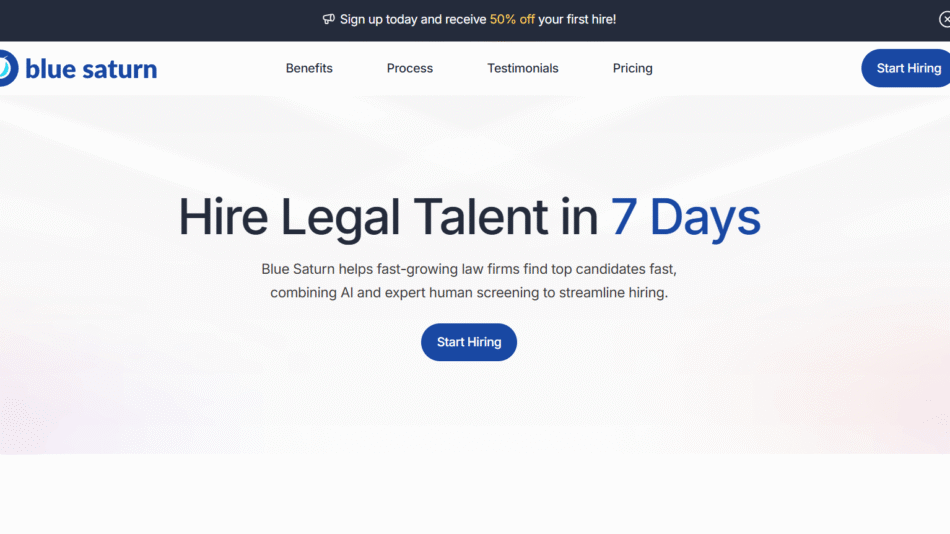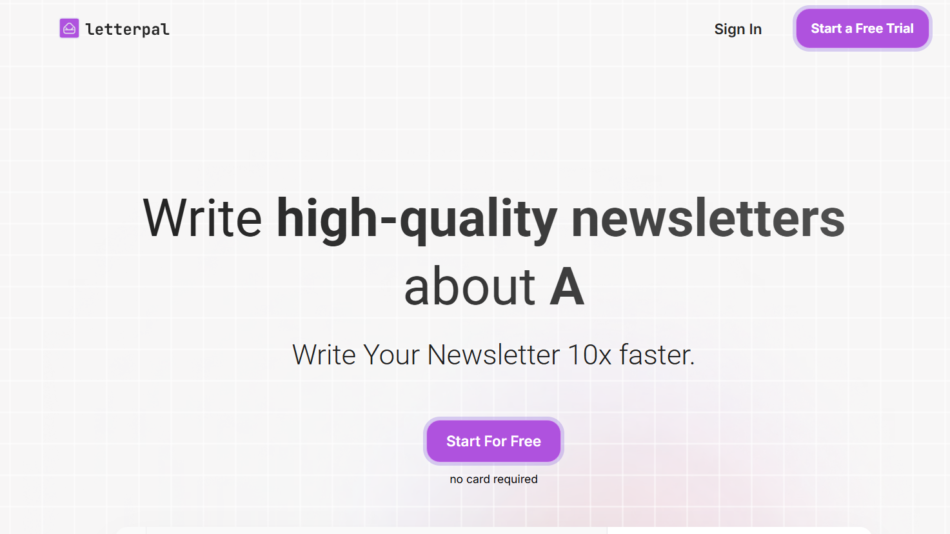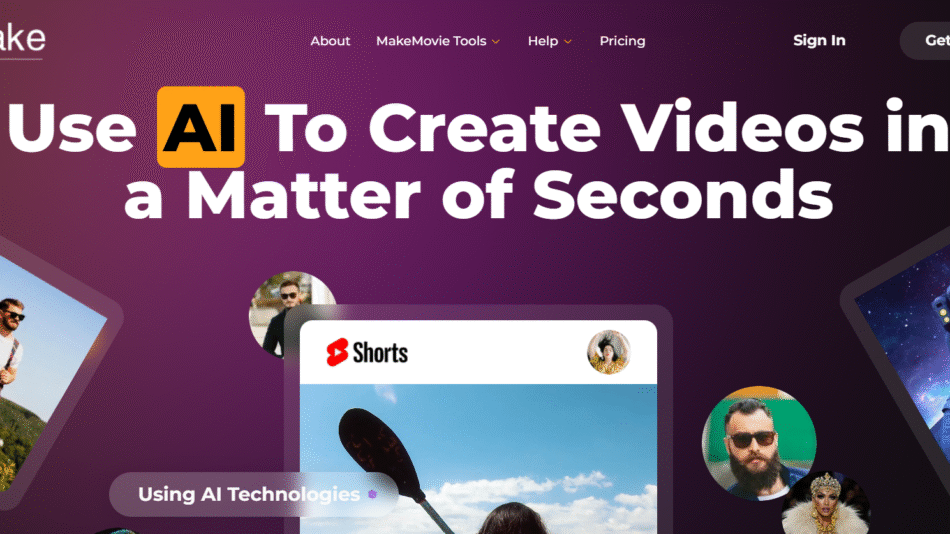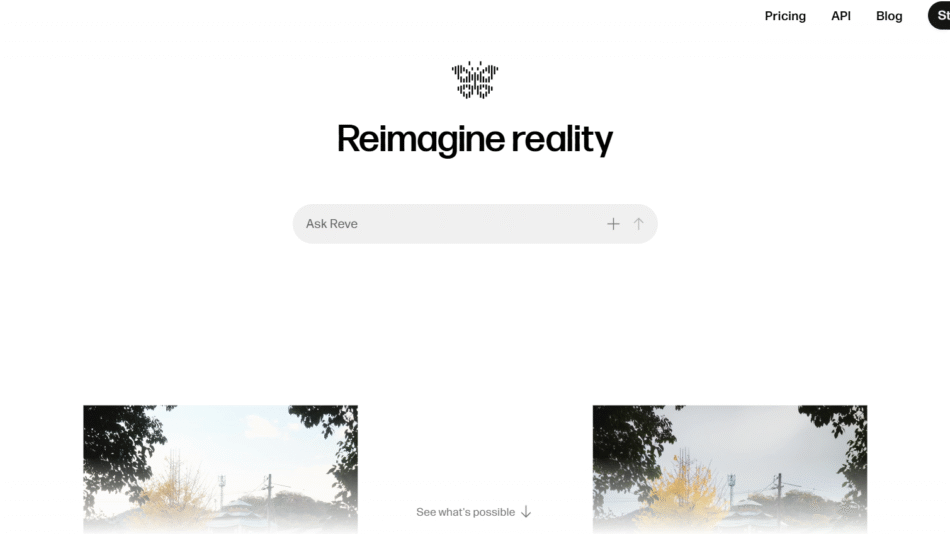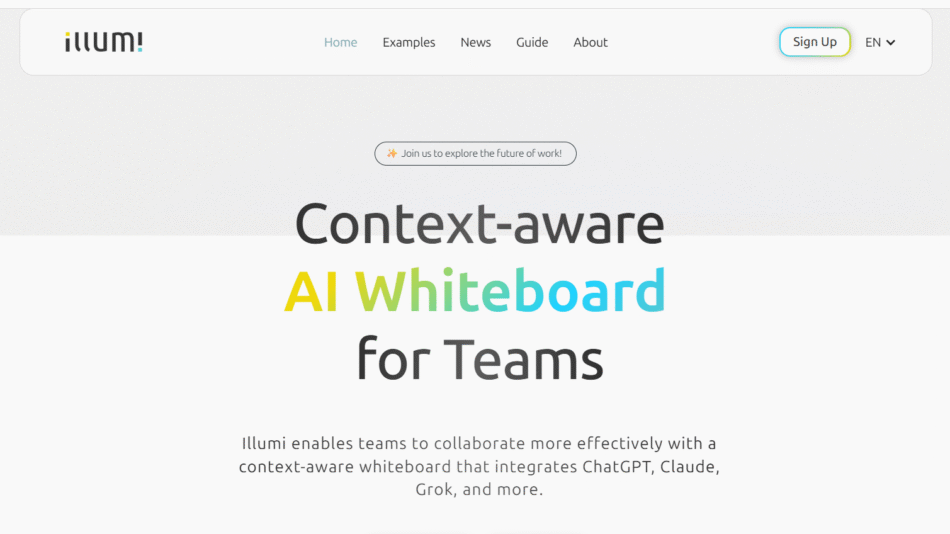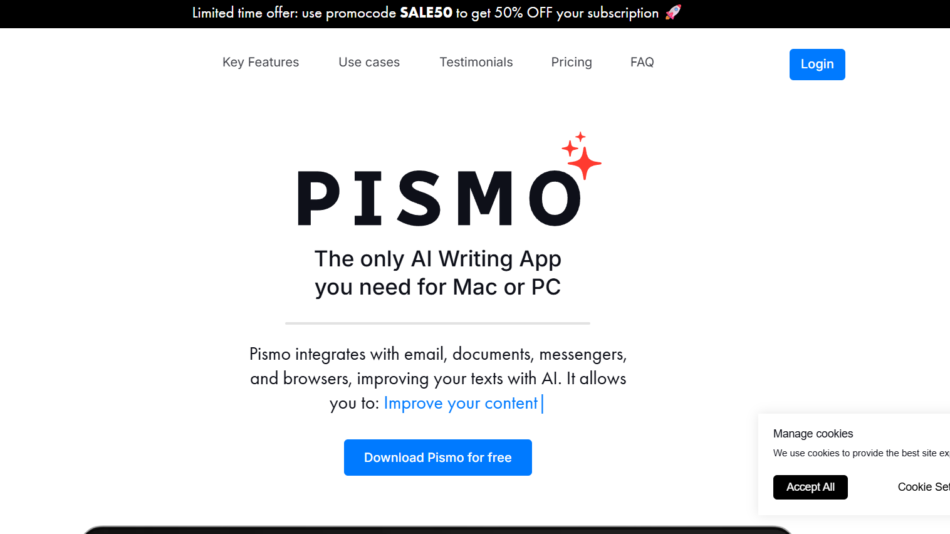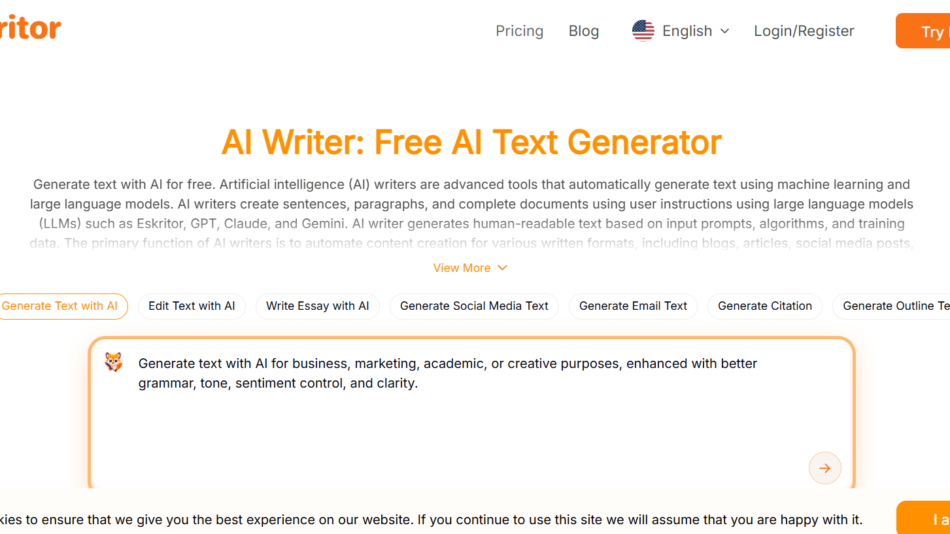Prompt Interface is a no-code platform that empowers individuals and teams to design, test, and deploy custom AI applications using large language models (LLMs) like OpenAI’s GPT. With a clean and intuitive interface, Prompt Interface enables anyone—from product managers and researchers to customer support teams—to build functional AI tools without writing code.
The platform supports advanced prompt engineering, context management, input/output customization, and seamless deployment—all in one place. Whether you’re creating a customer service assistant, research summarizer, or internal automation tool, Prompt Interface makes it fast and accessible.
Features
No-Code AI App Builder
Build functional AI tools without coding. Use an interactive interface to define inputs, outputs, and AI logic.Prompt Chaining
Create multi-step workflows by chaining prompts together to simulate complex interactions or layered reasoning.Input Forms & Field Mapping
Customize user inputs through forms (text fields, dropdowns, toggles) and map them directly into your prompts.LLM Integration
Easily connect with models like GPT-4 via API. Switch or test different models within your projects.Real-Time Testing Interface
Instantly test prompts and workflows with live results to fine-tune responses.Embed and Share Apps
Publish your AI tools via shareable links or embed them in websites or internal portals.User Authentication (Coming Soon)
Allow sign-in functionality for internal or client-facing tools with access control.Data Privacy & Isolation
Data from inputs and interactions is not used for training. Prompt Interface emphasizes privacy by design.Version Control
Track prompt edits, view history, and revert to previous versions as needed.Team Collaboration (In Progress)
Soon, teams will be able to co-edit projects, assign roles, and manage shared prompt libraries.
How It Works
Prompt Interface streamlines the AI app creation process. Here’s how users typically get started:
Step 1: Define the Use Case
Start a new project and specify what the tool will do (e.g., summarize articles, draft emails, analyze job descriptions).
Step 2: Build the Prompt Logic
Craft your main prompt, insert dynamic fields, and configure how user inputs are used within the AI logic.
Step 3: Customize Inputs and Outputs
Design the front-end interface using form fields and define what kind of AI output you expect (text, JSON, etc.).
Step 4: Test and Iterate
Use the live testing interface to run examples and refine the prompt chain until results meet your expectations.
Step 5: Deploy and Share
Publish the AI app with a public or private link, or embed it directly into websites, apps, or internal dashboards.
Use Cases
Customer Support Tools
Build GPT-powered assistants to answer FAQs, summarize tickets, or route inquiries.Internal Knowledge Assistants
Create AI tools that interpret internal docs, SOPs, or HR policies to assist employees.Marketing Automation
Generate social media content, email copy, or SEO descriptions with custom instructions and brand tone.Recruiting & HR
Automate job description reviews, resume summaries, or candidate screening forms.Education & Training
Design tutors, quizzes, or learning assistants tailored to specific subjects or courses.Consulting & Research
Summarize articles, generate reports, or analyze client input in structured formats.
Pricing
As of June 2025, Prompt Interface offers the following pricing plans:
Free Plan
2 AI apps
Access to prompt editor
Basic input/output configuration
Community support
Pro Plan – $20/month
Unlimited AI apps
Prompt chaining
Embedding support
Priority response time
Live testing panel
Enterprise Plan – Custom Pricing
Team access & role-based collaboration (beta)
Advanced security & user auth (upcoming)
Dedicated support
Usage analytics
SLA and onboarding assistance
More info and signup: https://www.promptinterface.ai
Strengths
Fast and intuitive platform for building AI apps
Ideal for non-developers and technical users alike
Flexible input/output logic and prompt chaining
Live testing speeds up iteration
Great for building internal tools and client-facing assistants
Embeddable and scalable
Drawbacks
Limited API integrations or automation triggers (e.g., Zapier) as of now
Some advanced features like team collaboration are still in development
Relies on external LLM APIs, so usage may require separate OpenAI keys
Currently optimized for text-based outputs only
Comparison with Other Tools
Prompt Interface vs. Replit Ghostwriter / Code Interpreter
Prompt Interface is no-code and form-based. It’s not for writing code but for creating functional apps on top of LLMs.
Prompt Interface vs. LangChain
LangChain is developer-centric and requires coding. Prompt Interface provides a visual, user-friendly experience for non-technical users.
Prompt Interface vs. Typedream AI Widgets
Typedream adds AI features to websites. Prompt Interface allows creation of full prompt workflows with richer customization.
Prompt Interface vs. ChatGPT Custom GPTs
ChatGPT GPTs are flexible but live within OpenAI’s ecosystem. Prompt Interface gives more UI control and app deployment options.
Customer Reviews and Testimonials
Early adopters praise Prompt Interface for enabling fast experimentation and product launches without engineering overhead:
“I built a resume review tool in 30 minutes that we now use across our recruiting team.”
— HR Ops Manager
“As a product manager, I can prototype AI tools without waiting on dev resources. Huge unlock.”
— SaaS Startup PM
“Prompt Interface made our internal knowledge assistant a reality without writing a single line of code.”
— Director of Customer Experience
Conclusion
Prompt Interface is an agile, no-code platform that brings the power of AI application development to everyone. It dramatically lowers the barrier to building useful tools on top of LLMs—allowing individuals, teams, and startups to design custom AI apps quickly and without technical friction.
Whether you want to automate a workflow, enhance customer service, or test a product idea, Prompt Interface helps you build, test, and deploy AI tools with speed and simplicity.

